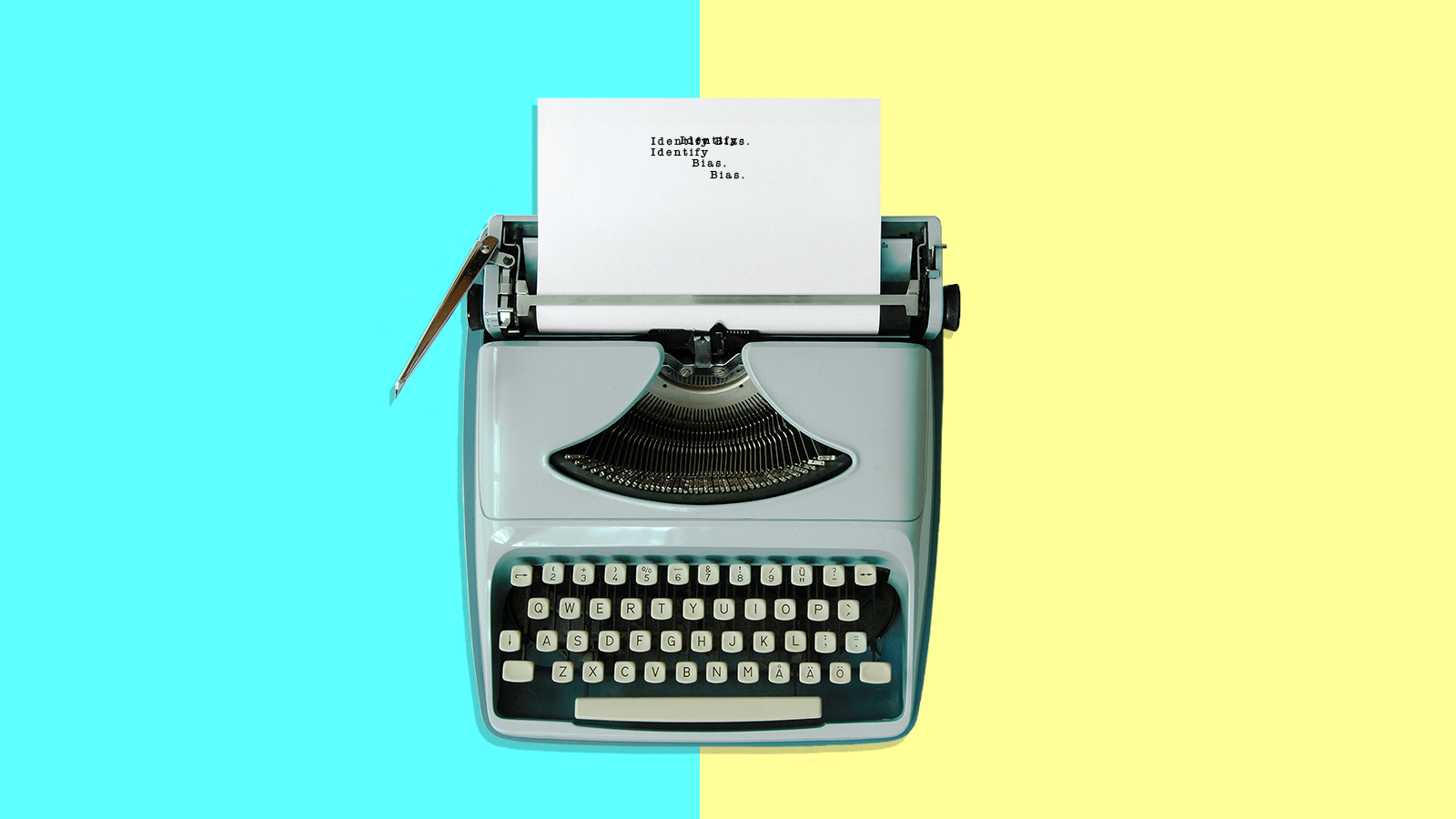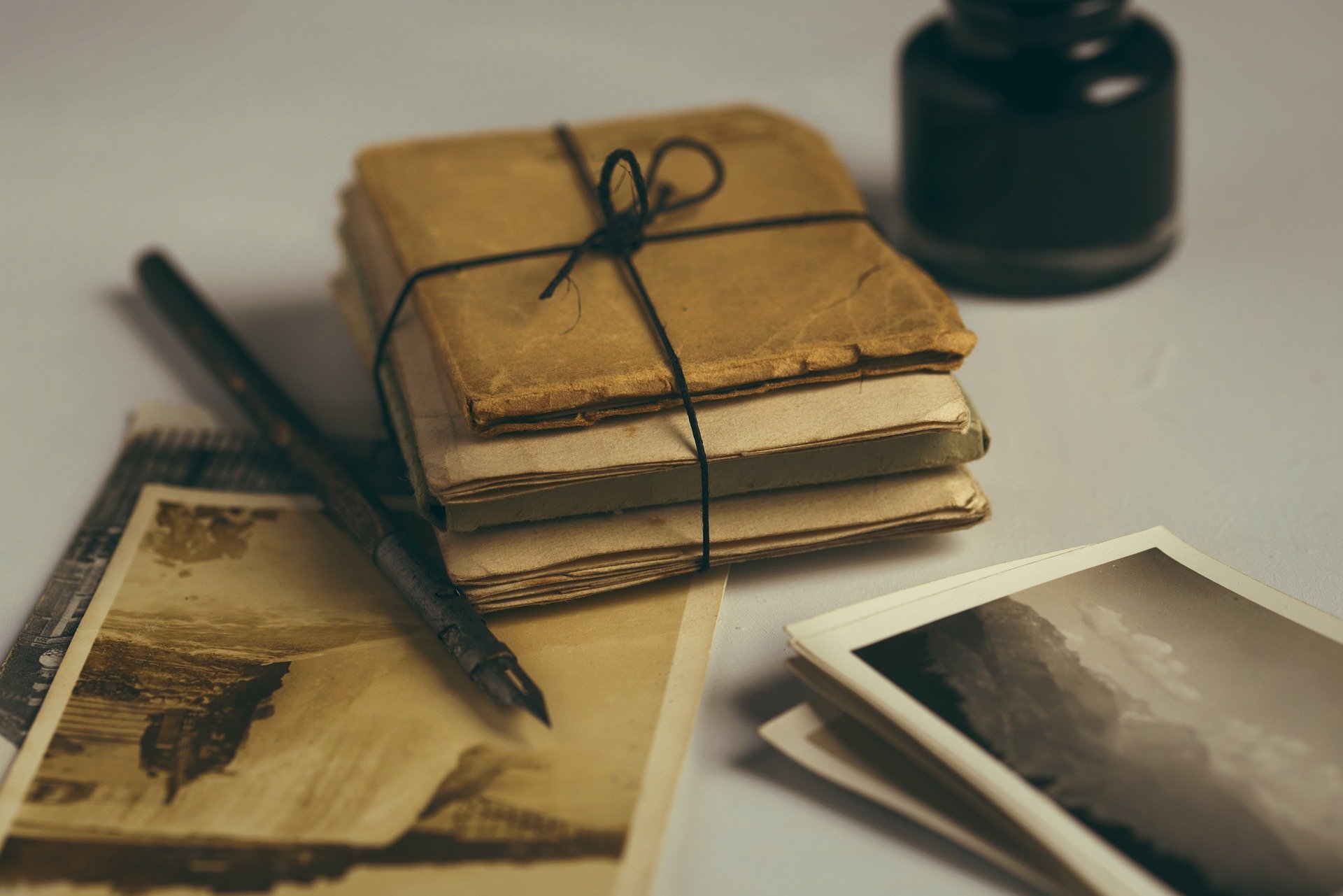
Early in the school year, students often ask me, “why do I need a history class?” They go on to say they know why science, math, and English are taught, but they don’t know why they need to learn so many random dates and historical facts. They are skeptical about memorizing facts from the past and its relevance to their future. I generally respond by saying something along the lines of, “you don’t need to memorize everything,” because a vast amount of information is readily available to today’s students online, but I emphasize that there’s more to history and social studies than just dates and figures.
A meaningful social studies curriculum will teach students how to identify valid sources of information, analyze the information without tinting it with their own bias, and then classify it into categories for debate and discussion. Identifying bias in primary sources can be tricky, both to teach and for students to grasp. However, understanding the fundamentals of bias will help students identify, classify, and analyze documents while becoming aware of their own biases at the same time.
Teaching Your Social Studies Classroom About Bias
To teach the fundamentals of bias, teachers should first define the term in a historical sense. Phrases like “prejudiced opinion,” “one-sided point of view,” and “specific inclination,” will help students simplify and understand what bias boils down to. All historical documents are written by an author with a specific point of view, and no matter how objective the author may try to appear, their unique perspectives and inclinations influence the document.
It is important to show students how bias affects human behavior. Bias is a result of all environmental factors that people experience since the day they are born. People use their own perspectives and bias to judge and understand specific situations as they arise. It affects decision-making on a day-to-day basis, for better or for worse, depending on the limited information that one might have.
History is “not an exact science, but an interpretation of human affairs and varieties of opinion” (Trevelyan 1947). Documents depicting events, speeches, and people throughout history are full of biases and opinions. When it comes to teaching these documents in the classroom, bringing attention to bias and making that connection “creates an awareness that shifts your beliefs from your unconscious mind, where you have no control, to your conscious mind, where you can decide what to do” (Ward 2013). Demystifying bias and making that connection–that bias will always exist–is the first step towards helping students analyze and classify a primary source.

Photo: Pixabay
Identifying and Classifying Bias Using Sources
Identification and classification are basic concepts common to all fields of academic study. K-12 students often recite “King Phillip Came Over For Ginger Snaps” as they learn the Linnaean system of taxonomy when studying biology, or “Please Excuse My Dear Aunt Sally” when first learning the basics of how to solve algebraic equations. In a social studies setting, students identify the text, intent, and content of various sources. Diary entries, letters, and speeches are all examples of primary sources that students may analyze, but how do we teach them to judge bias objectively?
The first step is to contextualize the document by understanding the time period and the document’s intended purpose. Often, bias is subtle and will take critical thinking to identify. When students compare two different letters Benjamin Franklin wrote to the governor of Massachusetts before and after the Revolutionary War, they will be able to assess the difference in his intentions through his tone and word choice. Taking this one step further, students will identify whether or not his correspondence is emotionally biased. Did Franklin’s opinions about the British oppression of the colonies affect his writing in the first letter? Did the American victory affect his second letter? Comparing and contrasting two sources will help students analyze the author’s worldview and their inherent bias.
Acknowledging Your Students’ Own Bias
Bias is a learned behavior influenced by many factors, and your students will have their own perspectives based on their culture, family upbringing, and socioeconomic status. To illustrate this in class, I show the video, “A Girl Like Me.” It depicts young black children and presents them with a choice of either a black or white doll. When the director asks which doll is good and which is bad, the children overwhelmingly choose the white doll over the black doll as being “good.” My students’ first and strongest response is, “that is racist.” I then ask the students various probing questions and have them create a list of all the biases present in the video. Then, they apply this same process to the larger United States.
There are many online resources available to help students assess their own bias, including Project Implicit, a Harvard-generated bias test, and the Pew Research Center’s Political Party Quiz, if the class is more politically inclined. Acknowledging personal implicit bias is powerful and makes the identification of bias in others easier. In my classroom, students have responded well to the gamification of identifying bias. Students use an anchor chart doubling as a bias scale, where each source is rated on a scale of 1 to 10.
As historians, we have a unique obligation to interpret the divisions of bias that exist within our communities. If we can convince our students to do the same, then they can emerge as strong, self-aware leaders in the school, community, and world.
References
Davis, Kiri, director. A Girl Like Me. Media That Matters Festival, YouTube, 4 May 2007, www.youtube.com/watch?v=YWyI77Yh1Gg.
Trevelyan, G. M. “Bias In History.” History, vol. 32, no. 115, 1947, pp. 1–15., doi:10.1111/j.1468-229x.1947.tb00181.x.
Ward, Deborah. “The Familiarity Principle of Attraction.” Psychology Today, 10 Feb. 2013, www.psychologytoday.com/us/blog/sense-and-sensitivity/201302/the-familiarity-principle-attraction.